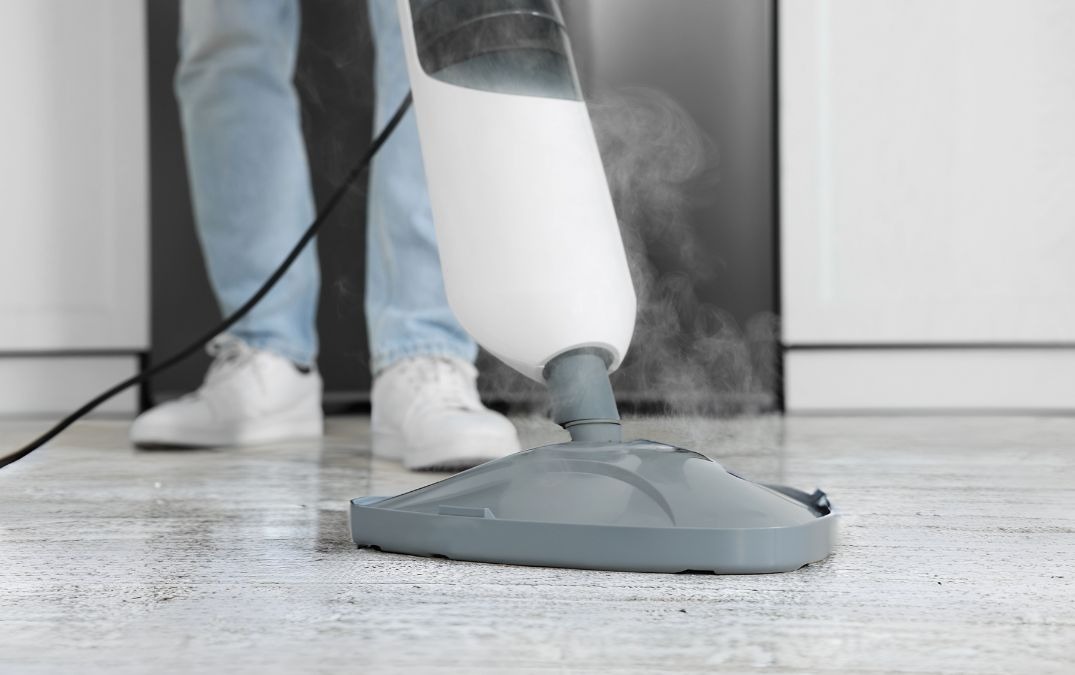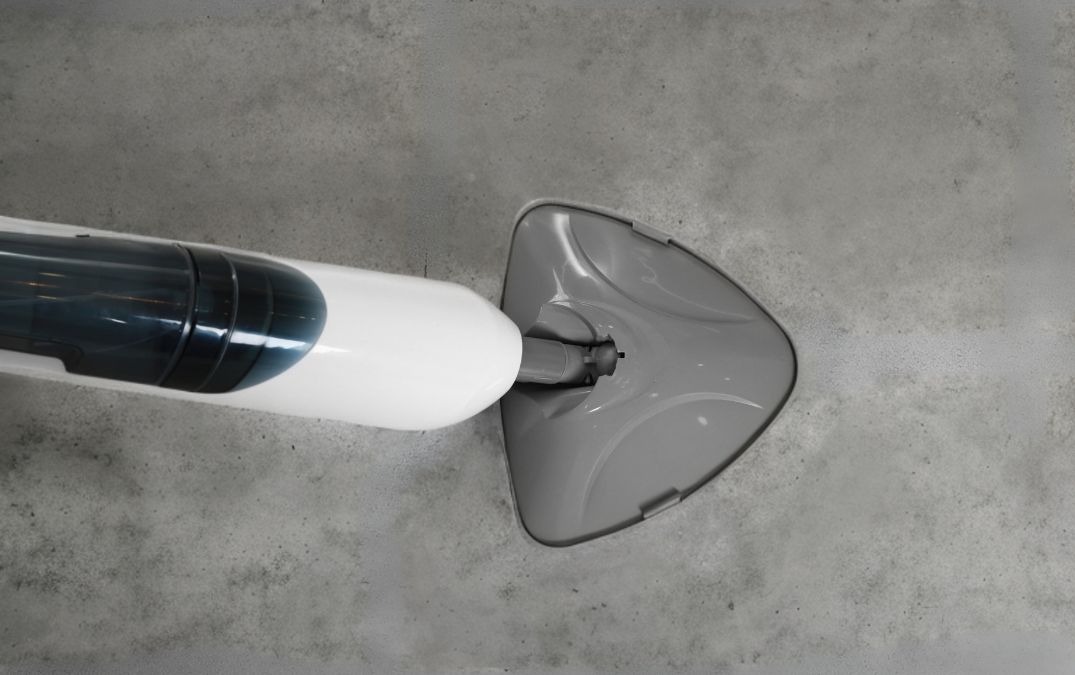Is Steam Mopping Safe for Polished Concrete?
Using a steam mop on polished concrete floors is generally safe, but you’ve got to be cautious. The heat and moisture can effectively clean without harsh chemicals, which is great. However, too much moisture can seep into any tiny cracks or unsealed spots, potentially causing damage over time. To avoid issues, make sure your floor is well-sealed and use the steam mop on a low setting. Always keep the mop moving to prevent any hot spots from forming. If you’re unsure, test a small area first. Done right, steam mopping can keep your polished concrete looking pristine without any hassle.



